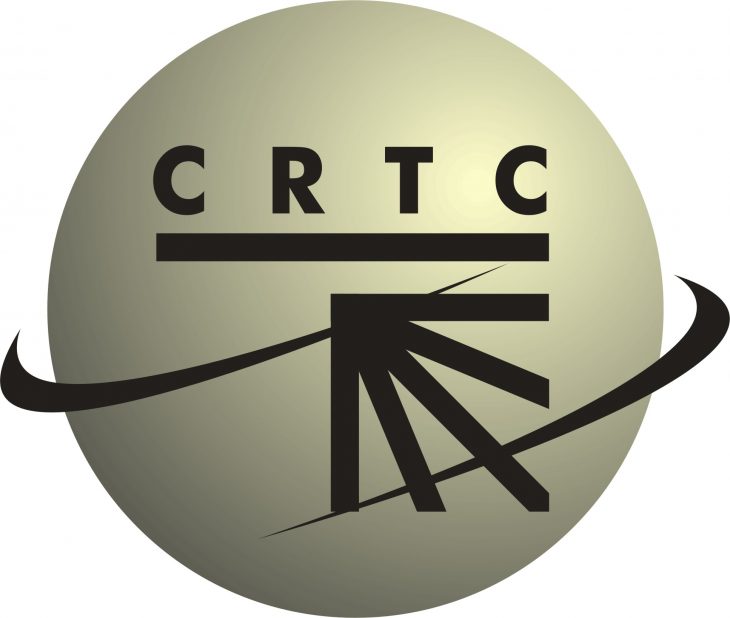
OTTAWA – The CRTC has ordered a bevy of broadcasters to get it the information that it asked for so that it may move forward with its plan to update the policy on Canadian programming expenditures (CPE).
The Commission on Friday issued a direction to comply with a request for information to 14 broadcasters for their data on revenues and expenditures associated with their digital media broadcasting activities, specifically in the context of CPE. While some of the 20 broadcasters who received the request for information letter in March have complied, the Regulator received joint reply from 14 broadcasters dated April 17 who objected to the request, citing matters of confidentiality, the difficulty involved in separating traditional and digital data, and the fact other digital players are not being asked for the same information.
Those broadcasters include Aboriginal Peoples Television Network, Allarco (Superchannel), Bell Media, Channel Zero, Corus Entertainment, DHX Media, Fairchild, Remstar Diffusion (V Média), Jim Pattison Broadcast Group, Quebecor, RNC Média, Rogers Media, TV5 Québec Canada and ZoomerMedia.
In its April letter, the broadcasters said they "have not tracked digital expenses on a per service/platform basis, nor are many broadcasters likely to have tracked them as between CPE and non-CPE categories, or distinguished between the audio-visual and non-audio visual content that is available on many of the digital platforms associated with local and sports content."
Further, said that letter, "Broadcasters are also very concerned about the further public disclosure, even in aggregate, of more financial information related to our businesses. Broadcasters are in direct competition with market dominant, non-Canadian OTT services available in Canada. These unregulated players also acquire digital rights from Canadian independent producers and non-Canadian distributors. Consequently, the public disclosure of this kind of financial information has the very real potential of undermining the competitive position of Canadian broadcasters vis-à-vis non-Canadian OTT services, impacting the purchase of digital rights as well as our negotiations with program suppliers."
The CRTC reminded the group that they may designate information filed as confidential, and took them to task for their bookkeeping.
“In regard to the Broadcasters’ concerns regarding the difficulty involved in separating traditional and digital data and regarding potential variations in the accounting practices of respondents, the Commission notes that broadcasters are responsible for the development of internal accounting policies,” continues the CRTC notice. “Further, the Commission emphasizes that recourse to comprehensive information is fundamental for its understanding of the digital media broadcasting activities of Canadian broadcasters and of the impact of those activities on traditional television services. In this regard, Commission staff can assist broadcasters as needed, providing guidance in regard to the scope of information to be provided.”
The broadcasters are very unhappy with this since foreign competitors are not required to report their expenses or revenues, there remains confusion on what to include and how (does ad revenue coming from text stories count and what about revenue from text stories that also feature a video, or a clip?) and the last notable broadcaster to file its digital revenues in confidence with the Commission (Pelmorex, during its 9 (1) (h) license renewal process last year) was rewarded with a one-cent decrease in its wholesale fee.
"According to the Communications Monitoring Report for 2018, a significant majority of the revenues in this market segment are actually generated by non-Canadian, unregulated services like Netflix and Amazon Video. For example, it is estimated that these two non-Canadian OTT providers alone controlled more than 73% of the subscription video-on-demand services market in Canada (a market with estimated revenues of $1.3 billion in 2017, let alone now)," the broadcasters noted in their April letter.
"In our view, in order to ensure a sound policy approach for capturing financial information related to digital media activities in Canada, the Commission should also involve non-Canadian services like Netflix, Amazon Video, DAZN and others in their analysis. Without this data from the largest and most significant digital service providers in the Canadian market, we do not believe the Commission will have relevant data with which to make its policy determinations."
All that said, the broadcasters now have until June 3 to comply with the Commission’s request. CRTC also extended its deadline for interventions for the call for comments announced in BNC 2019-91 to July 8, and the deadline for replies to those interventions to July 23, 2019.
Cartt.ca has contacted a handful of the broadcasters, none of who wished to speak on the record other than to say they have not yet decided what they will do next.
(This story was updated with additional information on May 13.)



